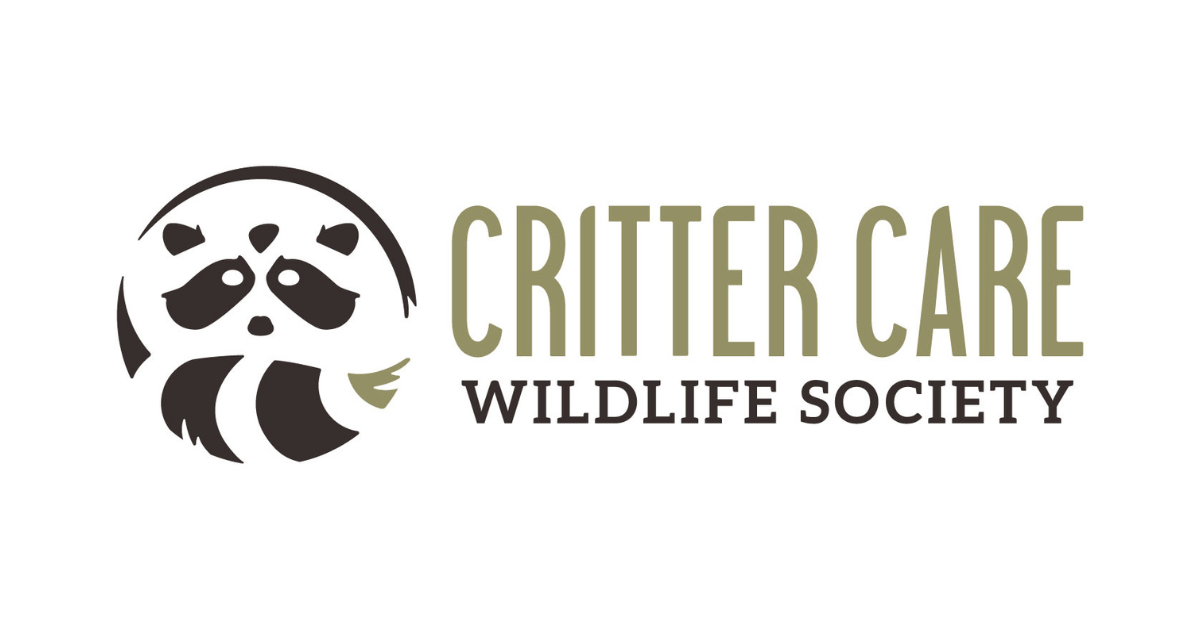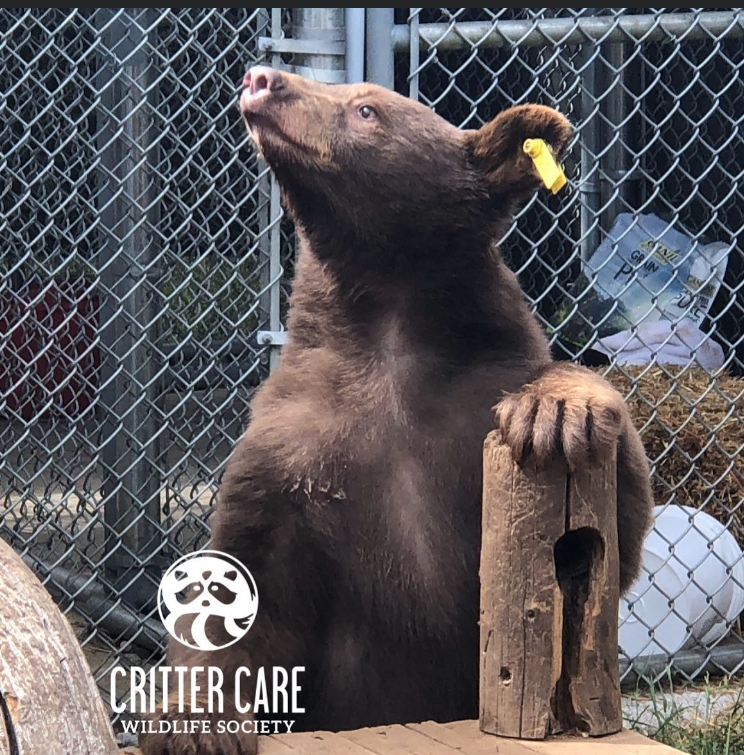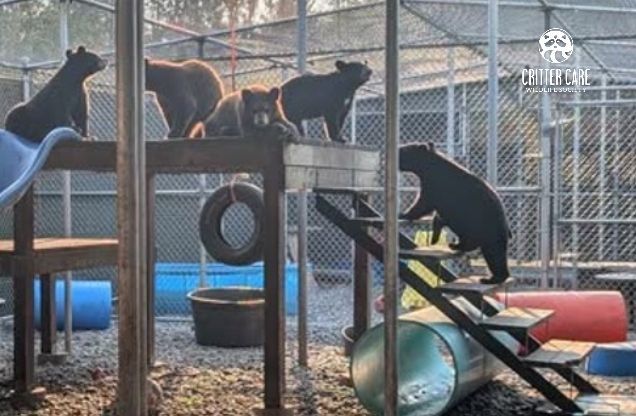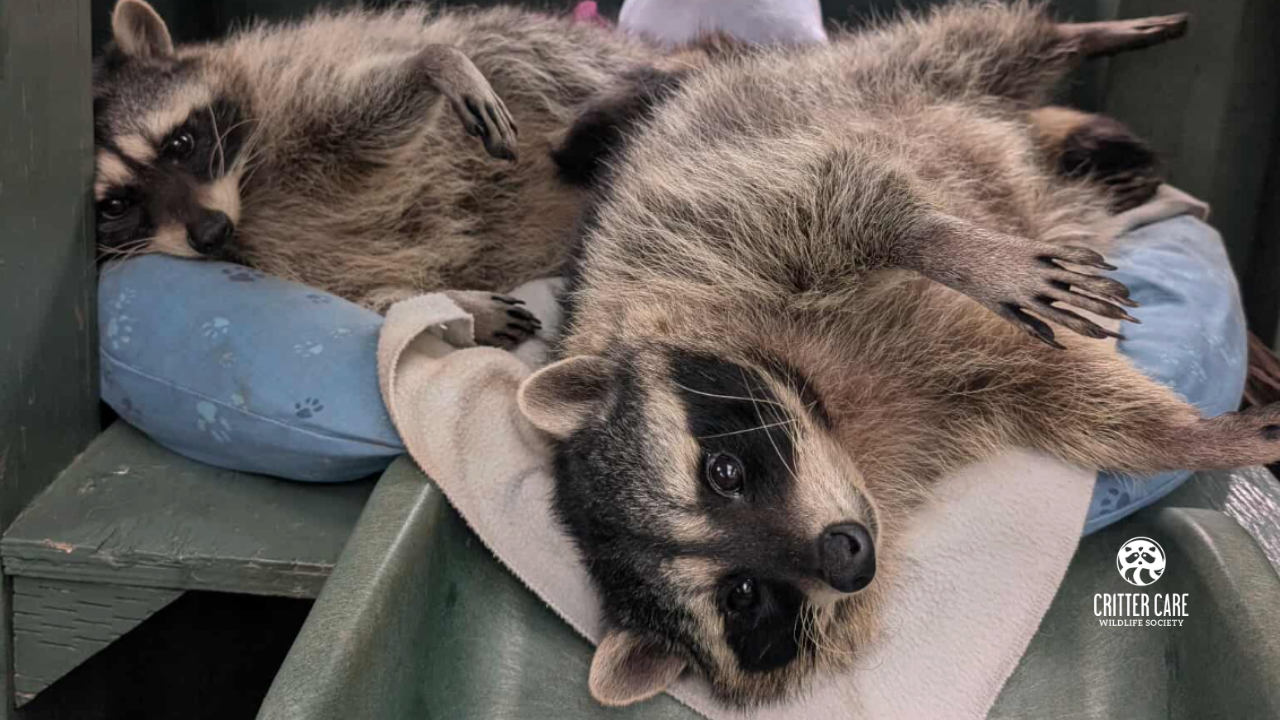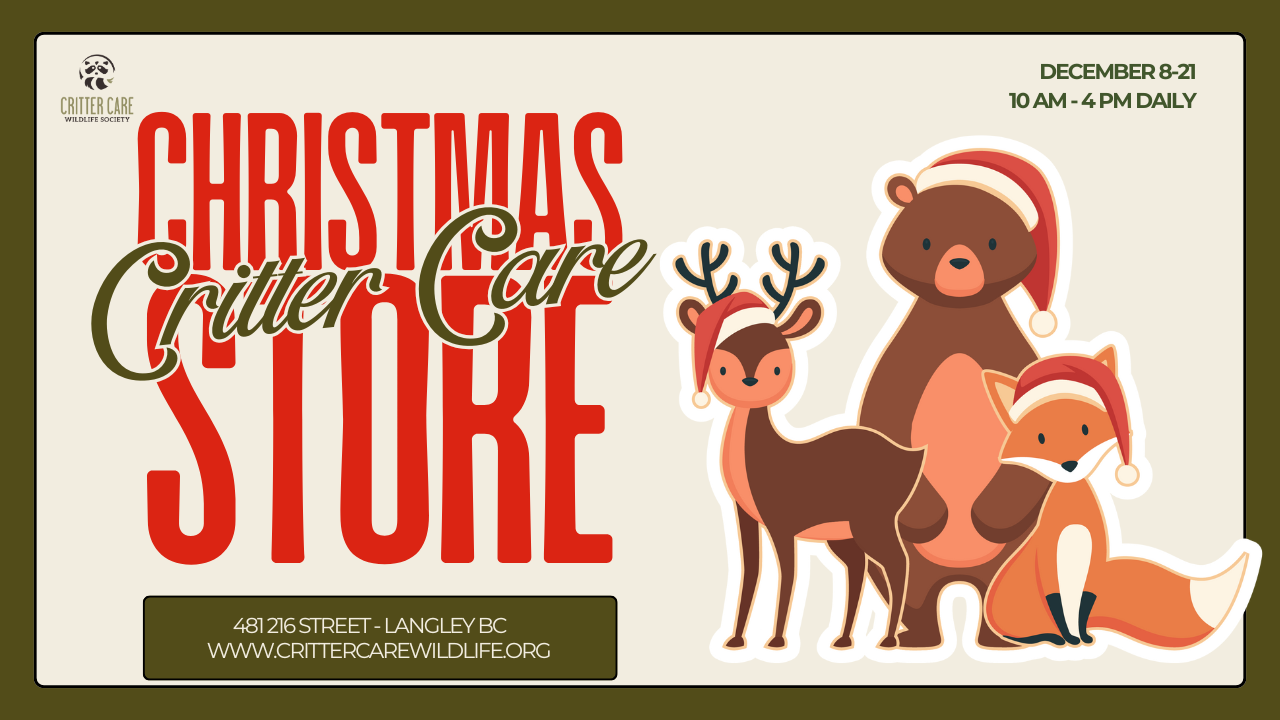Staying Safe Around Bears
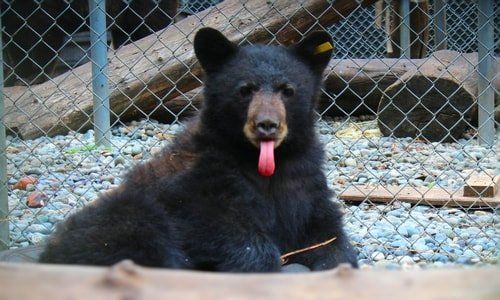
When it comes to reputations, animals often get the short end of the stick. For the most part humans and animals get along quite well. Many people welcome animals into their homes, hearts and families, while some appreciate them in other ways like preserving natural lands, respecting their space, and advocating for their rights. Unfortunately, not all interactions between animals and humans are so positive. Misconceptions and pre-disposed notions can quickly turn an otherwise friendly interaction sour. In reality, most negative instances stem from misunderstanding. While animals and people cannot communicate with words, we can communicate through behavior. For this reason, it is critical for humans to understand animal behavior in order to mitigate negative interactions with our animal counterparts as much as possible. As such, today’s Species Spotlight is the often-misunderstood North American Black Bear.
Lions, tigers, bears – oh my! Well . . . not quite . . . at least not here . . . Unless you work at a zoo or have an exotic pet, most people in North America will never run into a lion or tiger. That being said, many people (particularly those in rural areas) will cross paths with a black bear at least once in their lifetime. You may see one while camping or glimpse a dark shadow as it crosses the street. Perhaps you’ll catch one going through your trash and you may even spot one peering in your window. For the most part, humans and bears keep separate lives. Like most wild animals, black bears are generally fearful and reluctant to get anywhere near a person. However, for many animals this is changing as more and more people encroach on wild lands, bears included. Where people go, food tends to follow, and wildlife is becoming habituated to this fact. Like the infamous “trash pandas” that most of us have learned to coexist with, black bears too find our cans of discarded food incredibly enticing. However, unlike raccoons, black bears are larger, and as such, are often interpreted as being more dangerous. Because of their size, teeth, and claws, bears in general are often stigmatized and even demonized by the human world whenever they are encountered. Black bears are especially at risk of unfair persecution because, as North America’s smallest bear species, they are far better adapted to live in developed areas than their larger relatives. So, what are the main issues between people and black bears, and how do we mitigate them?New Paragraph
Between 1900 and 1980, 23 people were killed by black bears. Statistically, you are much more likely to be killed in a car accident or by a dog. The chance of being killed or even attacked by a black bear is incredibly slim. Should you encounter a wild black bear, the Humane Society advises to:
• Stand and face the bear directly. Never run away from or approach him.
• Make yourself look as big as possible by spreading your arms or, better yet, a coat.
• Make as much noise as possible by yelling, banging pots and pans or using other noise making devices.
• If the bear approaches and you have bear spray, spray the bear as he approaches.
• In the very rare case that a black bear does attack you, fight back (don’t play dead).
• After the bear leaves, remove whatever attracted him to the location (barbecue grill, bird feeder, pet food or garbage).
A black bear may “mock” charge a person they see as a threat. This basically means the bear pretends like they are going to attack by running towards the threat but have no real intention of doing so and stop short prior to making any contact.
In the vast majority of cases, black bears and humans can coexist swimmingly. However, the human population is growing, and with it the frequency of our wildlife interactions. The need for humans to better understand our wild animal counterparts is only going to become more important in the future. We need to give our wildlife every chance to be successful in this ever-changing world. To do so, it’s important for us to understand, learn and invest our knowledge in making inevitable human-animal interactions as seamless as possible. Black bears are an important part of ecosystems, one of North America’s largest predators, and are incredibly fascinating animals. The better we understand them, the better we can help them, and the better we can preserve and appreciate North America’s wildlife.
To donate to our cause click here
Article written by Faith Paul
Critter Care Wildlife Society News
Sign up to get inspiring stories of rescue,
rehabilitation and release from Critter Care
Be the first to receive our newsletter, new blog posts, and updates
about our most critical needs and community news.
